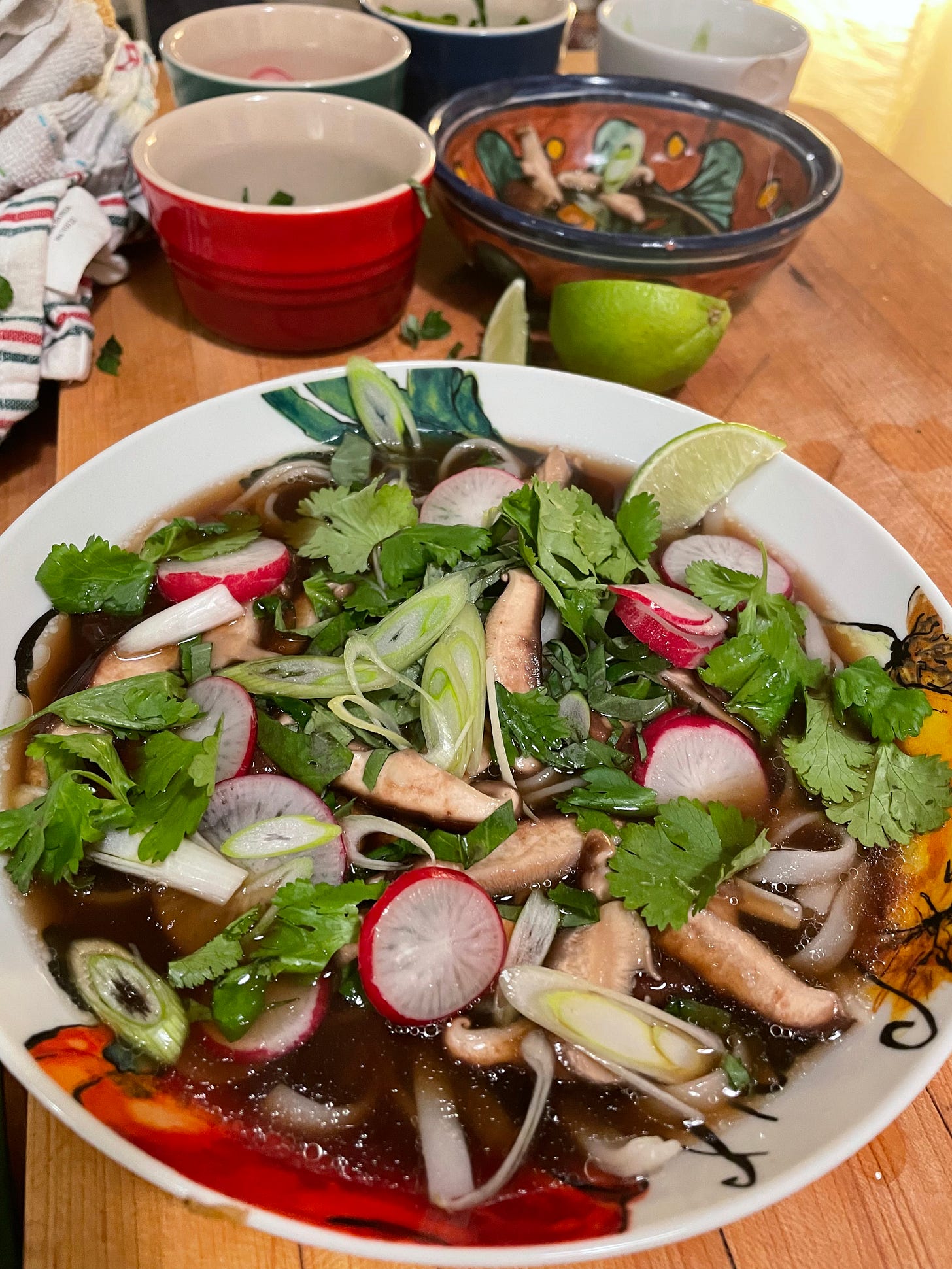A Soup By Any Other Name…
“I want you to make this for me,” Ann said one morning in bed, scrolling through her Instagram feed. She showed me a picture of a soup with mushrooms and vermicelli-thin rice noodles posted by my friend Eric Ripert. It showed him eating it at his desk in the kitchen of his NYC restaurant, Le Bernardin, holding up some noodles, …
Keep reading with a 7-day free trial
Subscribe to Ruhlman's Newsletter to keep reading this post and get 7 days of free access to the full post archives.




